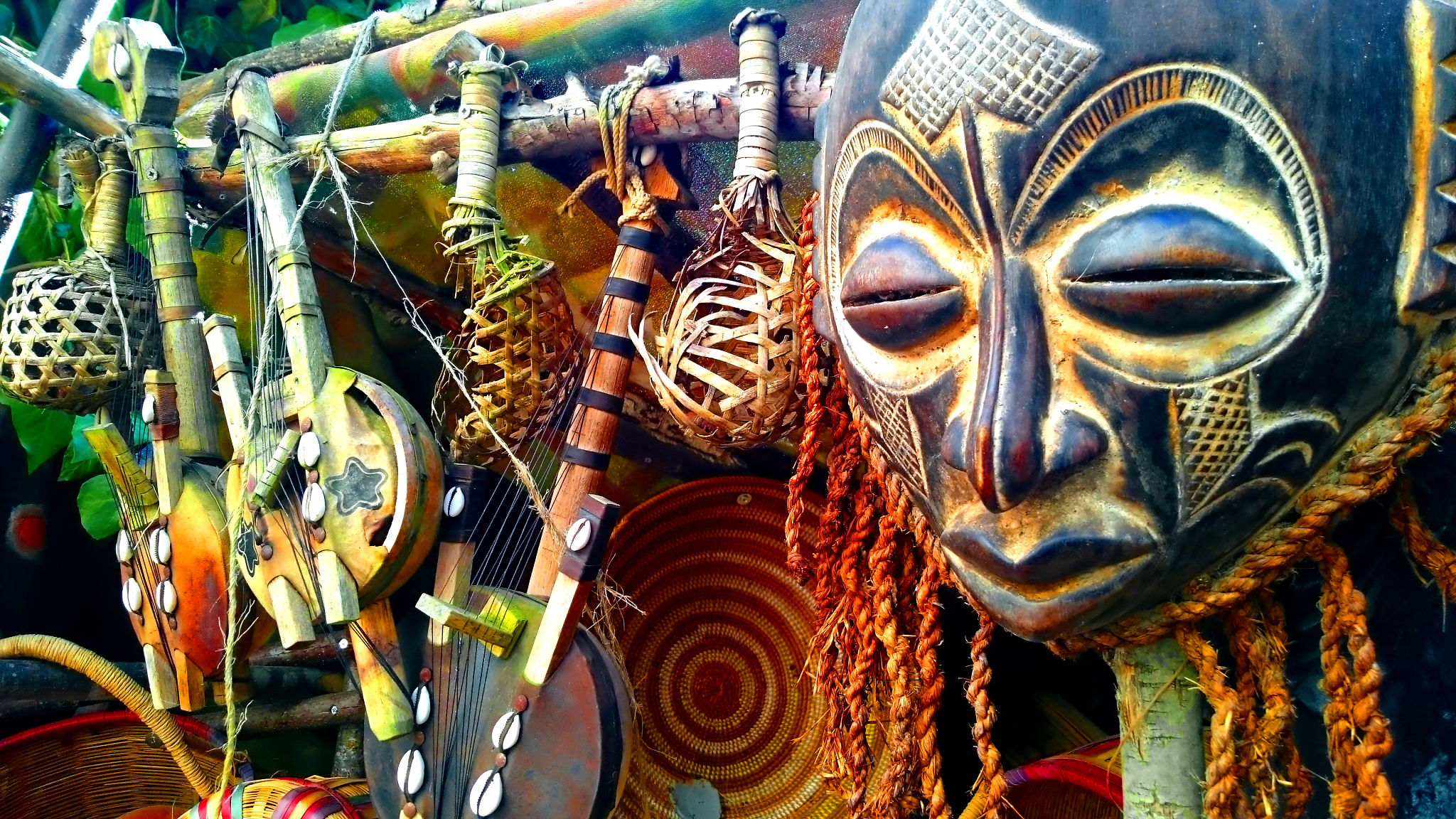Discover the Spirit: The Cultural Significance of African Masks in Dance
Introduction to African Masks in Dance
In the vibrant tapestry of African culture, masks hold a profound significance, often serving as a bridge between the physical and spiritual realms. These masks are not merely artistic expressions but are deeply intertwined with the cultural fabric, especially in dance. African masks play a pivotal role in storytelling, rituals, and ceremonies, reflecting the rich heritage and diverse traditions of the continent.

The Historical Context of African Masks
The origin of African masks dates back centuries, with each mask having a unique story and purpose. Traditionally, masks were crafted from natural materials like wood, leather, and metals, often adorned with intricate carvings and vibrant colors. These elements were not only aesthetic but also symbolic, representing deities, ancestors, or natural forces. Over time, the evolution of masks mirrored the changing dynamics of African societies, yet their inherent cultural value remained unchanged.
Role in Rituals and Ceremonies
African masks are integral to various rituals and ceremonies, serving as a conduit to the spiritual world. In many cultures, wearing a mask during a dance is believed to invoke the spirits, allowing the wearer to embody their power and wisdom. This transformation is central to rituals such as initiations, harvest celebrations, and funerary rites. The presence of masks in these ceremonies is a testament to their enduring spiritual significance.

Symbolism and Meaning
Each African mask conveys a specific message or meaning, often associated with its design and colors. For instance:
- Colors: Black symbolizes mystery or the unknown; red represents blood or life force; white signifies purity or peace.
- Shapes: Elongated faces might symbolize wisdom or royalty, while angular forms could denote aggression or strength.
These symbolic elements are integral to understanding the cultural narratives expressed through dance.
The Craftsmanship Behind the Masks
Crafting an African mask is an art form in itself, requiring skill and spiritual insight. Artisans often spend weeks or even months creating a single mask, ensuring that each piece captures the essence of its intended spirit. The process is deeply spiritual, with many craftsmen performing rituals to honor the spirits they seek to represent. This dedication to authenticity enhances the mask's role in dance, making it a powerful storytelling tool.

Masks in Modern African Dance
While rooted in tradition, African masks continue to influence contemporary dance performances both within Africa and globally. Modern interpretations often blend traditional elements with new forms, creating dynamic performances that celebrate cultural heritage while embracing innovation. This fusion allows for a broader appreciation of African masks, showcasing their versatility and timeless appeal.
The Global Impact
The allure of African masks has transcended borders, captivating audiences worldwide. Dance troupes and performers incorporate these masks into their repertoires, introducing international audiences to the rich traditions of African cultures. This global exchange fosters cultural understanding and appreciation, highlighting the universal language of art and dance.

Conclusion: Preserving Cultural Heritage
As we explore the cultural significance of African masks in dance, it is essential to recognize their role in preserving and promoting Africa's diverse heritage. Through the continued practice of traditional dances and the creation of new performances, African communities honor their ancestors while sharing their stories with the world. By understanding and appreciating these traditions, we contribute to the enduring legacy of African culture.
